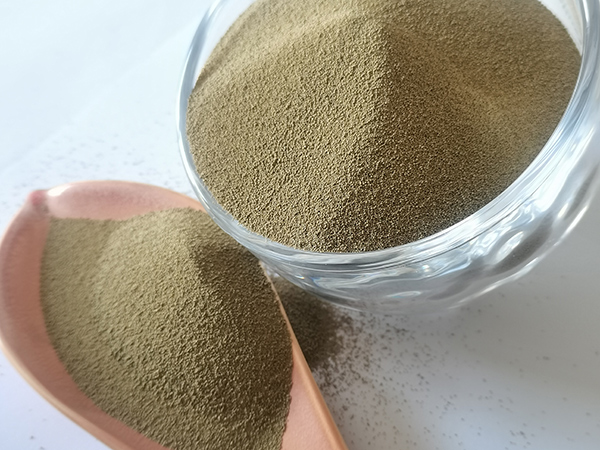What is Sand Casting?
Sand casting, one of the oldest and most widely used metal casting processes, is a manufacturing technique that involves the creation of a mold made of sand to form metal parts. This versatile and cost-effective method has various applications in industries ranging from automotive to aerospace, making it an essential aspect of modern manufacturing.
The process begins with the preparation of a mold, which is typically made up of sand, a bonding agent, and water. The most common type of sand used is silica sand due to its high melting point and availability. The sand is mixed with a binding agent, often clay, and water is added to help the mixture hold its shape. This sand mixture is then packed around a pattern—an exact replica of the desired part—forming the two halves of the mold.
What is Sand Casting?
As the molten metal is poured into the mold, it fills the cavity, taking its shape. The cooling process begins immediately, allowing the metal to solidify. The time it takes for the metal to cool and harden depends on several factors, including the type of metal used and the thickness of the part.
what is a sand casting

Once the metal has cooled and solidified, the mold is broken open to reveal the casting. This process can involve shaking the sand away or applying mechanical vibrations to loosen the mold. The casting is then cleaned to remove any sand or debris that may have adhered to its surface. Additional finishing processes, such as machining, grinding, or polishing, can be performed to achieve the desired surface finish and dimensional accuracy.
One of the primary advantages of sand casting is its ability to create complex shapes and large parts that may be challenging to produce with other methods. The sand mold can be easily shaped to accommodate intricate designs, and there are fewer limitations regarding size and weight compared to other casting techniques. Additionally, sand casting is highly adaptable and can be used for both small-scale production and large quantities.
However, sand casting also has its drawbacks. The surface finish of sand-cast products is generally rough compared to those created using die casting or investment casting. There can also be issues with dimensional accuracy, particularly for large castings, as the sand mold can shift during the pouring process. Moreover, making multiple parts can be time-consuming due to the labor-intensive nature of mold creation.
In conclusion, sand casting is a time-honored manufacturing technique that has stood the test of time due to its versatility and effectiveness in producing metal components. It plays a crucial role in various industries by enabling the creation of complex and large parts at an economical cost. Despite some limitations in surface finish and accuracy, advances in technology and techniques continue to improve the efficiency and quality of sand casting, ensuring its relevance in modern manufacturing. Whether in the automotive sector or industrial applications, sand casting remains a foundational method for metal production.
Post time:నవం . 04, 2024 12:44
Next:Creating Your Own Sand Casting Process for Metal Objects
